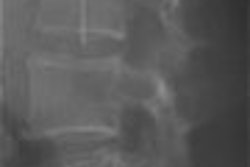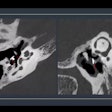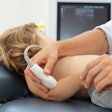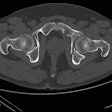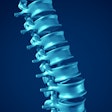Dear Orthopedic Imaging Insider,
With the exception of one shocking head butt, the 2006 World Cup soccer final between France and Italy was relatively pain-free for the players, with no reports of major physical damage. Of course, if you happened to be in Venice -- as I was -- on the night the Italians bested the French, then the repeated blasting of Queen's "We Are Champions" over a loudspeaker could qualify as mildly injurious.
But a soccer game doesn't have to be as high stakes as the World Cup for there to be a risk of injury, and the ankle is one area where soccer players are particularly vulnerable. In any given game, there is bound to be repeated plantar flexion as players sprint, strike the ball, and cut in front of their opponents. Posterior ankle impingement (PAI) can occur with forcible plantar flexion of the ankle, and a player may develop symptoms that prevent a return to the pitch.
So our Insider Exclusive takes a look at the roles of MRI and ultrasound in diagnosing and treating PAI. What are the MR signs to look for in PAI? And can sonography be used to guide therapy? Click here for the answers.
Also in the Orthopedic Imaging Digital Community, you'll find several articles on bone health throughout the stages of life. In children, adipose tissue jumpstarts bone growth, British researchers said. For older, osteoporotic women, treatment with alendronate offered greater gains in bone mineral density (BMD), according to another study. In young men, research supported physical activity as a way to reduce the likelihood of fractures. For middle-aged men, Chicago investigators suggested that bone scans were only necessary after localized prostate cancer treatment, depending on prostate-specific antigen levels.
Finally, check out a report from the 2006 Society of Nuclear Medicine meeting on using FDG-PET to diagnose chronic osteomyelitis.






